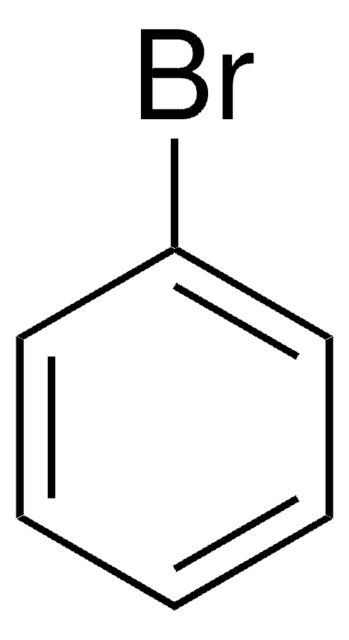403148
Magnesium
turnings, 5-25 mm, 99.95% trace metals basis
Sinonimo/i:
Magnesium Shot, Magnesium element
About This Item
Prodotti consigliati
Tensione di vapore
1 mmHg ( 621 °C)
Livello qualitativo
Saggio
99.95% trace metals basis
Forma fisica
turnings
Temp. autoaccensione
950 °F
Impiego in reazioni chimiche
reagent type: reductant
Resistività
4.46 μΩ-cm, 20°C
Dimensione particelle
5-25 mm
P. eboll.
1090 °C (lit.)
Punto di fusione
648 °C (lit.)
Densità
1.74 g/mL at 25 °C (lit.)
Stringa SMILE
[Mg]
InChI
1S/Mg
FYYHWMGAXLPEAU-UHFFFAOYSA-N
Cerchi prodotti simili? Visita Guida al confronto tra prodotti
Avvertenze
Danger
Indicazioni di pericolo
Consigli di prudenza
Classi di pericolo
Flam. Sol. 1 - Self-heat. 1 - Water-react 2
Codice della classe di stoccaggio
4.2 - Pyrophoric and self-heating hazardous materials
Classe di pericolosità dell'acqua (WGK)
nwg
Punto d’infiammabilità (°F)
Not applicable
Punto d’infiammabilità (°C)
Not applicable
Scegli una delle versioni più recenti:
Possiedi già questo prodotto?
I documenti relativi ai prodotti acquistati recentemente sono disponibili nell’Archivio dei documenti.
I clienti hanno visto anche
Articoli
Mechanochemical Effect of Severe Plastic Deformations: Metal Alloys, Hydrides and Molecular Solids
In recent years, the price of tellurium, a key component in the bestperforming thermoelectric materials, has increased significantly, leading to the question, “Is it economically viable to produce thermoelectric generators on an industrial scale?
The price of tellurium, a key component in many thermoelectric materials, has risen in recent years, leading to the search for more cost-effective substitutes. This article presents silicide materials as a cheaper potential alternative.
Il team dei nostri ricercatori vanta grande esperienza in tutte le aree della ricerca quali Life Science, scienza dei materiali, sintesi chimica, cromatografia, discipline analitiche, ecc..
Contatta l'Assistenza Tecnica.




